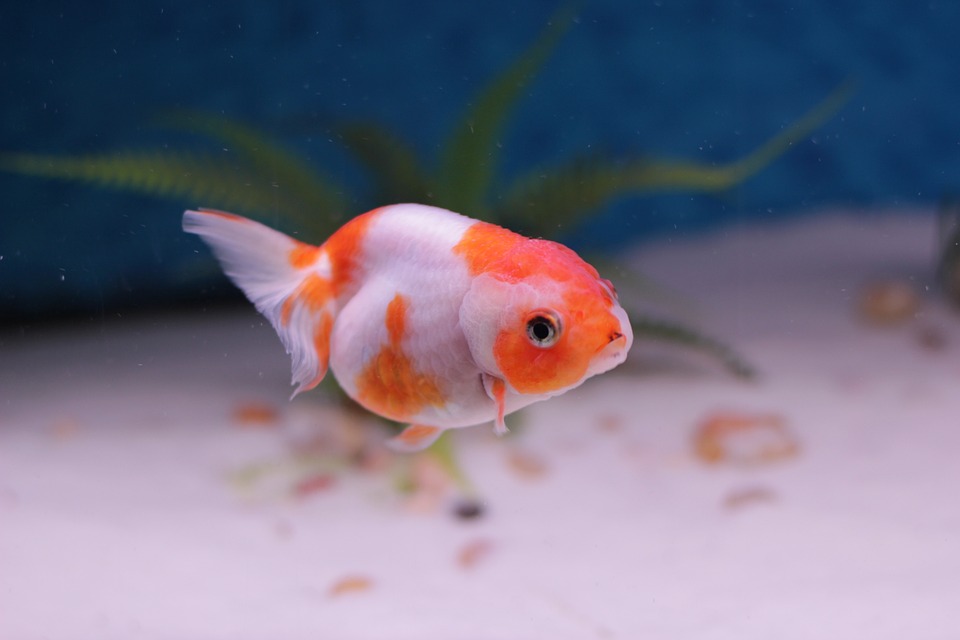Fish behavior is a complex and fascinating subject that all aquarium enthusiasts should explore. One crucial aspect that greatly influences fish behavior is the chemistry of their tank water. Understanding how changes in tank water chemistry affect fish behavior is essential for maintaining a healthy and thriving aquarium. In this article, we will delve into the impact of changes in tank water chemistry on fish behavior and provide valuable insights for aquarium hobbyists.
pH Levels:
The pH level of the water plays a significant role in fish behavior. Different fish species have different pH preferences, and maintaining the optimal pH range for your fish is crucial. Changes in pH levels can cause stress and negatively affect fish health. It is important to monitor and adjust the pH of your tank water accordingly.
Temperature:
Temperature is another important factor that influences fish behavior. Coldwater fish and tropical fish have different temperature preferences, and maintaining the right temperature is essential for their well-being. Sudden changes in temperature can cause stress and affect fish activity levels. Proper temperature control is necessary to ensure a comfortable environment for your fish.
Ammonia and Nitrite Levels:
Ammonia and nitrite are harmful substances that can accumulate in the tank water and have a detrimental effect on fish health. Increased levels of ammonia and nitrite can cause stress and lead to behavioral changes in fish. Regular water testing and proper filtration systems are necessary to maintain suitable levels of ammonia and nitrite in the tank.
Oxygen Levels:
Oxygen is vital for fish survival and behavior. Insufficient oxygen levels can lead to stress and negatively impact fish respiration and activity. It is crucial to ensure proper oxygenation in your aquarium through the use of air stones, water movement, and regular water changes.
When there are changes in tank water chemistry, fish exhibit various behavioral responses. Altered swimming patterns, changes in feeding habits, and increased aggression levels are common indicators of stress or discomfort. Monitoring these behavioral changes is crucial to identify any potential issues related to water chemistry.
Changes in tank water chemistry can also lead to physiological changes in fish. These changes may include alterations in color, fin damage, or other physical symptoms. Regular observation of your fish can help you identify any physiological responses to changes in water chemistry and take appropriate action.
Tank water chemistry also plays a significant role in fish breeding behavior. Optimal water conditions are essential for successful fish reproduction. Changes in water chemistry can affect breeding behavior, and careful monitoring during breeding periods is necessary.
To better understand fish behavior and water chemistry, here are some frequently asked questions:
Q1: How frequently should I test the water chemistry in my aquarium?
A1: It is recommended to test the water chemistry at least once a week, or more frequently if you notice any changes in fish behavior or water quality.
Q2: What should I do if I notice significant changes in my fish’s behavior?
A2: If you observe significant changes in fish behavior, it is essential to test the water chemistry and address any issues promptly. Adjusting pH levels, temperature, and ammonia/nitrite levels can help restore a healthy environment for your fish.
Q3: Is there a way to prevent sudden changes in tank water chemistry?
A3: Regular water testing, proper filtration systems, and maintaining a stable environment can help prevent sudden changes in tank water chemistry. It is important to monitor and adjust water parameters as needed.
Q4: Can variations in tank water chemistry cause long-term health issues for fish?
A4: Yes, prolonged exposure to unfavorable water chemistry conditions can lead to long-term health issues for fish. It is crucial to maintain optimal water conditions to ensure the well-being of your fish.
Q5: What are some common signs of stress or discomfort in fish?
A5: Common signs of stress or discomfort in fish include decreased appetite, lethargy, rapid breathing, fin clamping, or changes in swimming behavior. Observing these signs can help you identify and address any issues related to water chemistry.
In conclusion, understanding fish behavior and their response to changes in tank water chemistry is vital for maintaining a healthy and thriving aquarium. By monitoring water parameters and providing optimal conditions, you can ensure a stress-free environment that promotes natural behavior and overall well-being for your aquatic companions. Continuous learning and adapting your care routines to meet your fish’s specific needs are key to successful fishkeeping.









